Analogue-informed 3D facies modelling with Ava Clastics
Find out how we condition 3D facies modelling algorithms using trusted analogue data
Generating the inputs
Ava Clastics uses peer-reviewed methodologies to convert the analogue data from single or multiple case studies into the parameters needed as input for 3D facies modeling algorithms. Inputs we derive from analogues include:
- Element types and their relative proportions
- Element thicknesses, widths, amplitudes
- Element transitions for variogram ranges
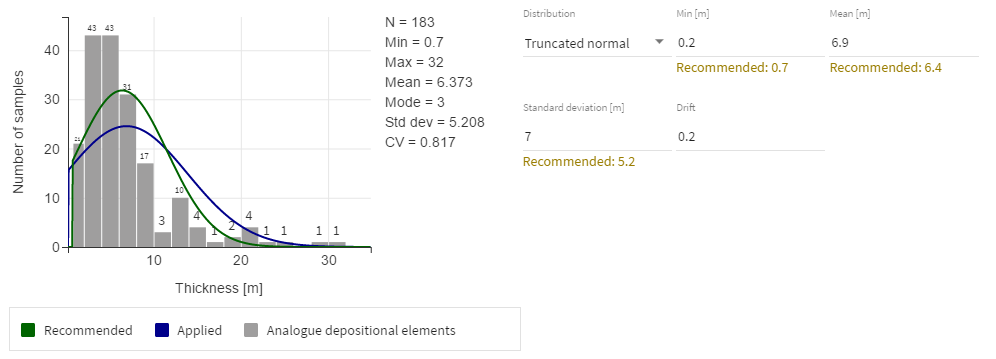
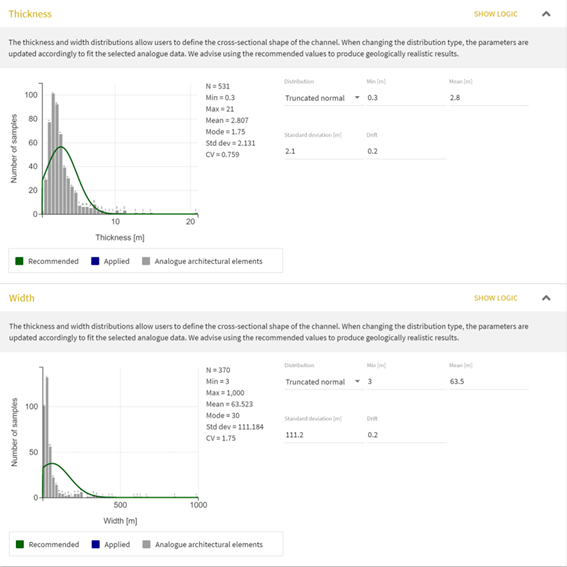
Support for standard algorithms
Our subscribers use different 3D facies modelling algorithms depending on the modelling problem. Ava Clastics provides inputs for the following industry standard facies modelling algorithms:
- Object-based modelling (OBM)
- Sequential indicator simulation (SIS)
- Truncated gaussian simulation (TGS)
Subscribers can use the Ava connector to the Petrel E&P Platform to send the analogue derived inputs directly to Facies modelling in Petrel.
Multiple scenarios and realisations
Using the Depositional Concepts in Ava Clastics, it is possible to create facies realisations based on different depositional scenarios. For example it is possible to generate a set of inputs representing a braided system and another set for a meandering system, then apply both in Petrel using the connector to generate alternative 3D facies models. This would also support the creation of multiple realisations around each scenario, to more effectively explore the uncertainty related to volume or producibility.
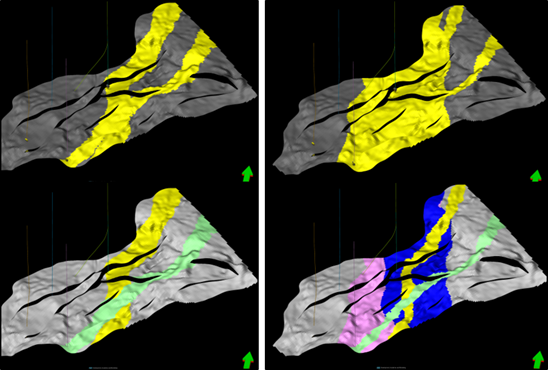
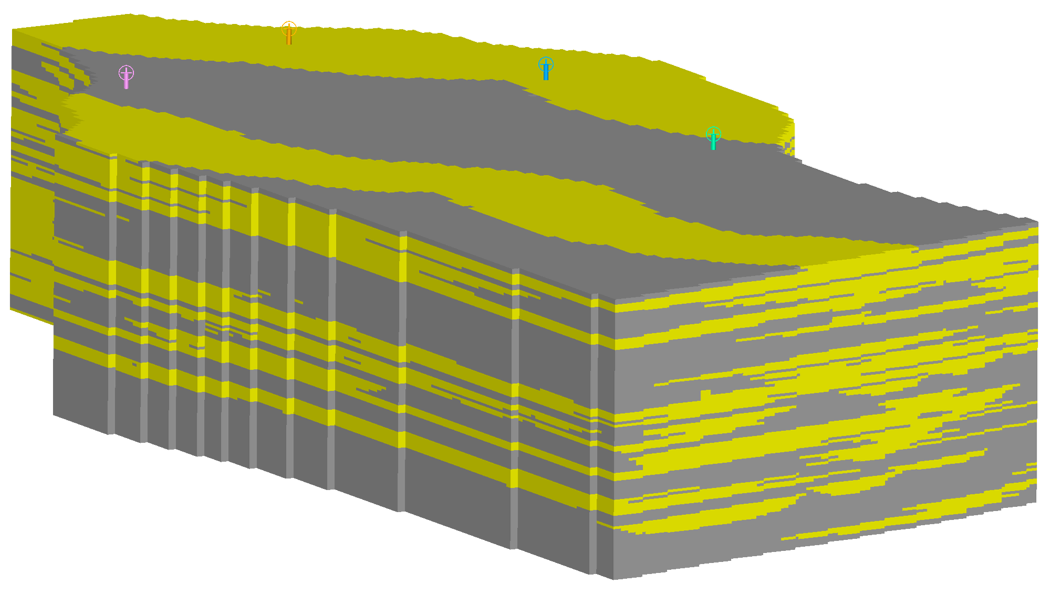
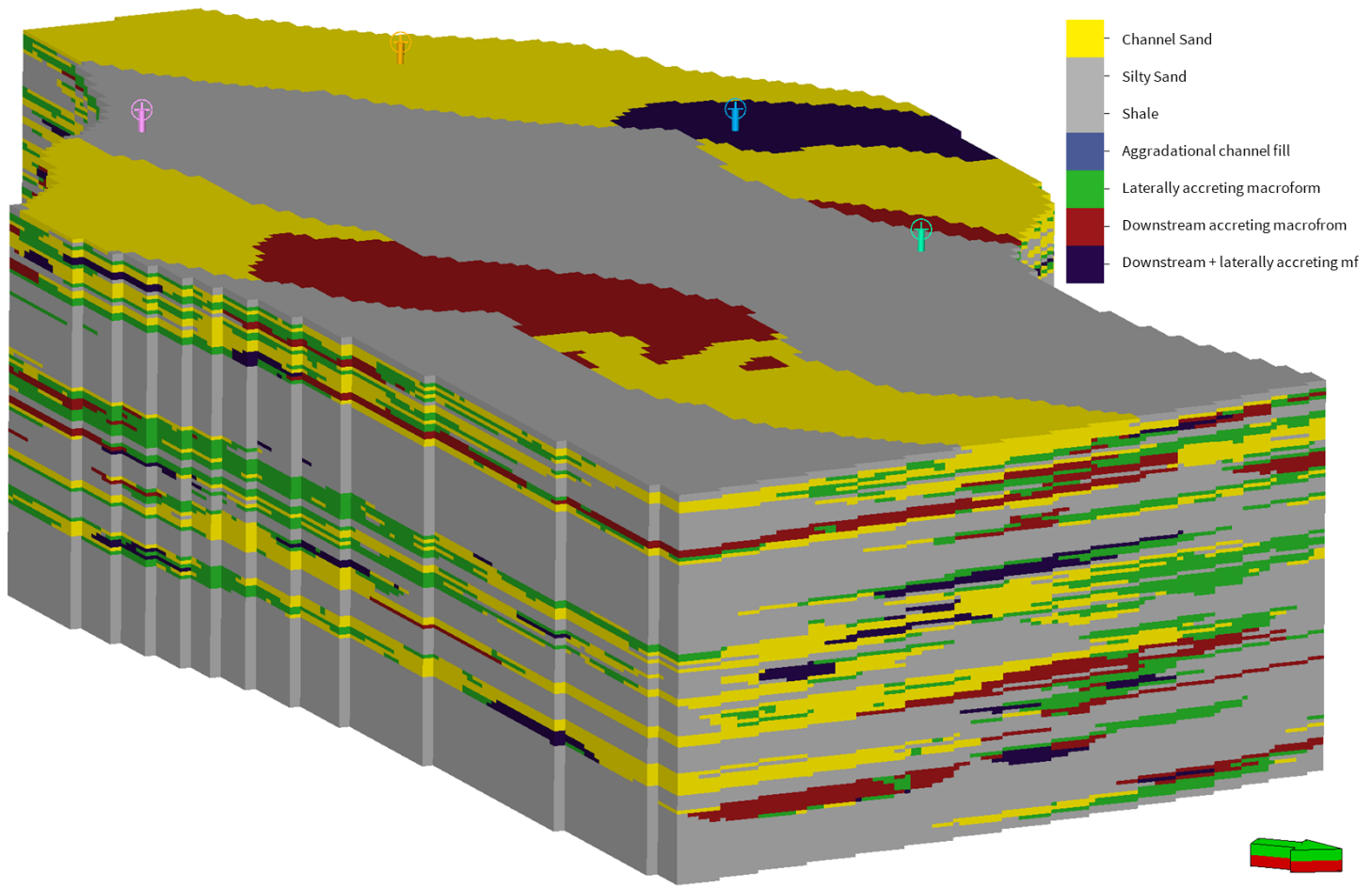
Hierarchical modelling
In some cases it is desirable to undertake detailed hierarchical facies modelling, potentially applying different facies modelling algorithms at different scales.
Ava Clastics supports this workflow, capturing the inputs for elements at different scales within a single depositional concept.